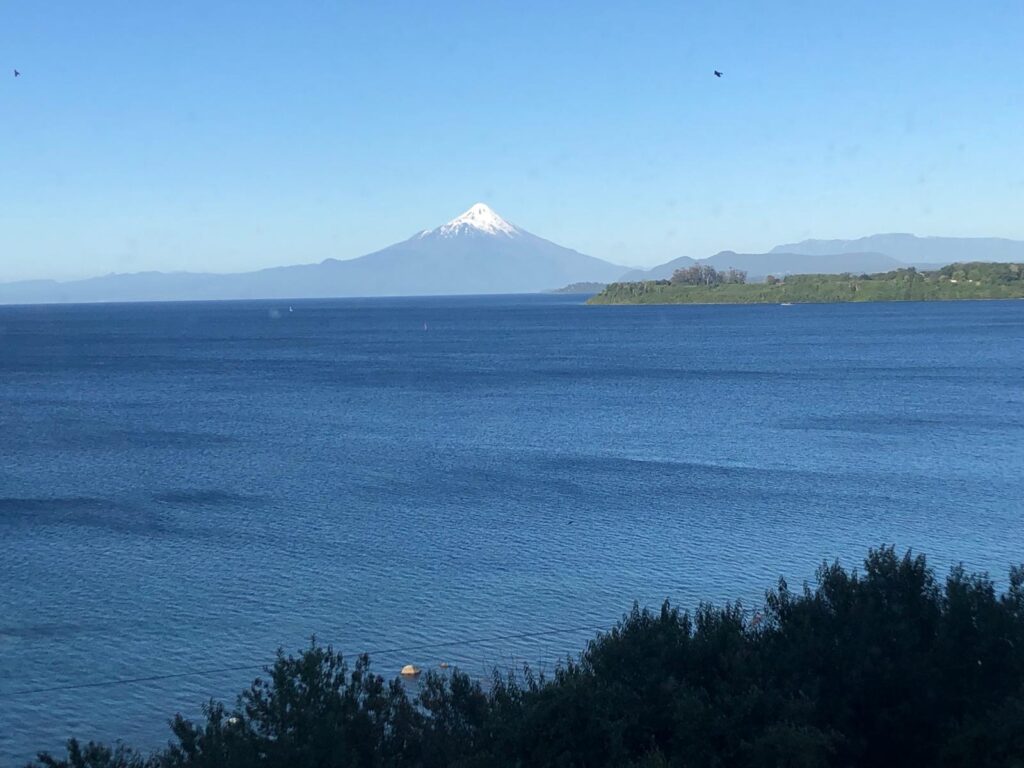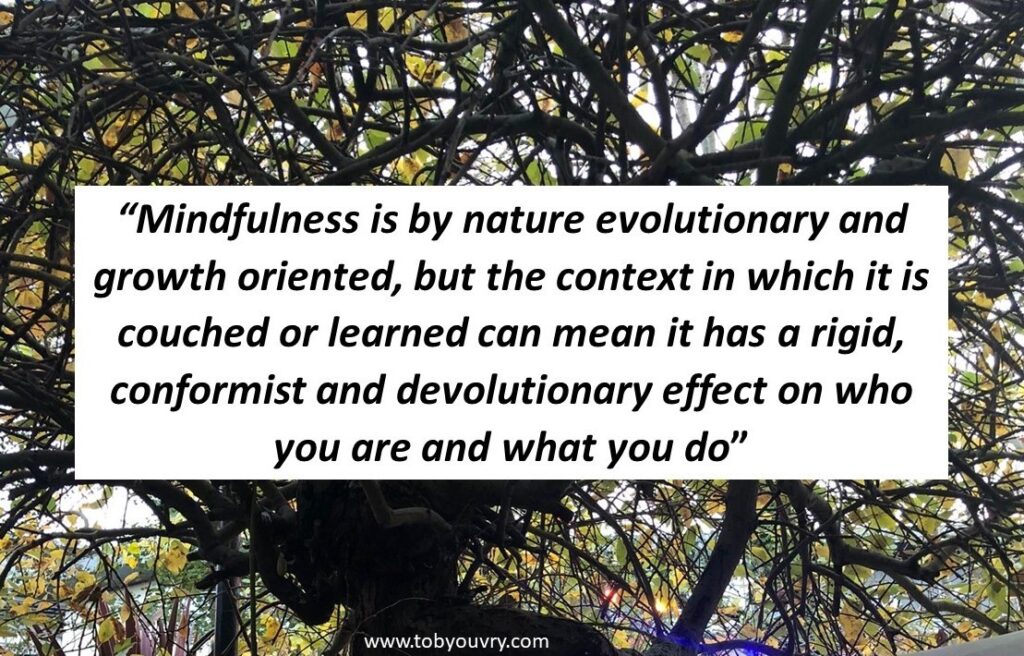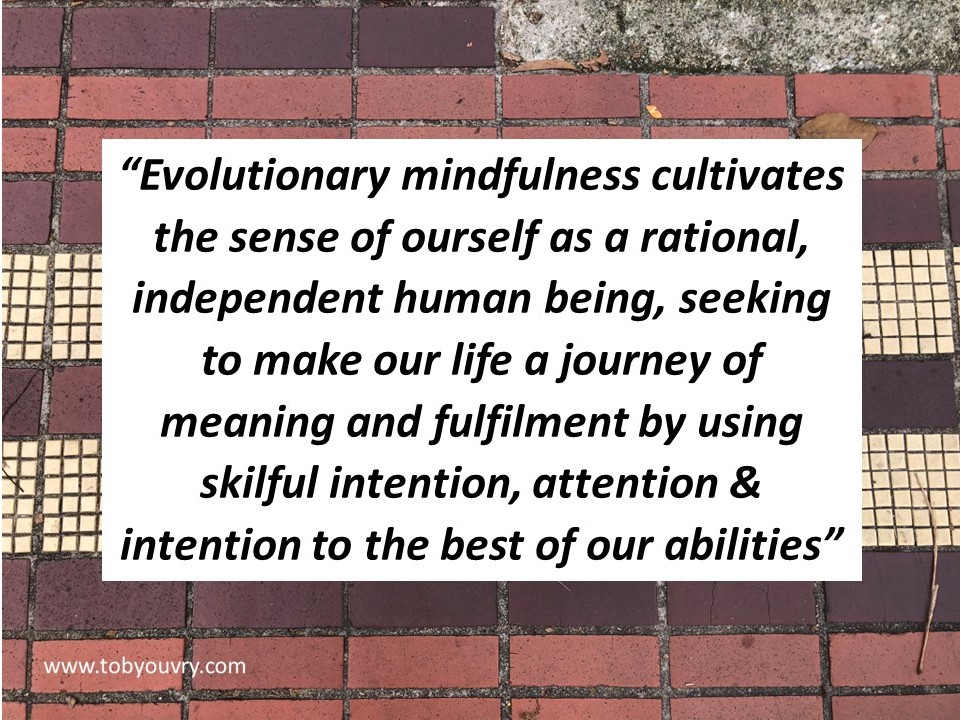“Help people become creative ‘inner artists’ in their thoughts, emotions, and philosophy, thus empowering them to change their life & work”

Dear Integral Meditators,
This week’s article is the first of two looking at my primary motivations both for being an executive coach & a meditation teacher. It works with the question ‘Are you a solar or lunar being?’. I hope you enjoy it, ‘part two’ is next week.
Details of this week’s meditation class is below, as well as the the Shadow work & Language of the shadow workshops I will be doing in the next few weeks.
In the spirit of creativity,
Toby
Read the follow-up article in the series: Jackal or Tiger? – Creative, wise courage
This week’s article: Are you Solar or lunar?
What brings me passion in coaching?
I originally trained as an artist, & ceramic sculptor at University. The reasons that I chose a Fine Art degree was because it offered me the maximum bandwidth to explore the freedom of creativity. After graduating, I shifted from being an ‘external artist’, someone that makes external art, to being a meditation practitioner & teacher.
To me meditation was not an abandonment of creativity, but a shift; rather than making external art, I focused on my inner life, creating harmony, balance & ‘beauty’ within myself. A major reason for this was that I noticed that my inner life had a huge impact upon what I experienced outwardly:
- If my inner self was feeling optimistic and powerful I tended to behave and experience as such in my daily life
- If my inner self confused, fearful or resentful, perception of my outer world and my behavior in it changed accordingly
As a meditator, I still felt myself to be an artist, but more of an inner artist. The fundamental driving force was still the principle of creativity, but more ‘The inner creativity behind the outer creativity!’
So, my driving passion in coaching is this; I help people become creative ‘inner artists’ in their thoughts, emotions, and philosophy, thus empowering them to change the experience of their outer lives and work.
Are you a solar or lunar person?
I often explain the power of wise creativity in the following manner:
The light of the moon is, in fact the reflected light of the sun. It does not have its own light. People are mostly like the moon in the sense that, whatever environment they go into, they are largely formed & influenced by that environment. For example, if a person starts to work in a new office with a positive culture, then they will become like that too. If they start work in an office with a negative culture, they will tend to become like that.
My passion as a coach lies in making people ‘solar’ rather than lunar. The sun is its own light source, its own source of power. It is creative & generative. The real nature of a human being is to be like the sun, to be the creative force in their life. I help people to realize their inner power, & harness it though structured practices that build confidence. My mission is to help people to tap into their own already existing creativity, using it to change and transform their work and personal life for the better.
Related coaching services:
Executive coaching
Life-Fullness Life coaching
Related articles by Toby:
Mindful of your inner artist – Becoming sola not lunar
Becoming Your Own Mindful Psychotherapist and Life Coach
© Toby Ouvry 2024, you are welcome to use or share this article, but please cite Toby as the source and include reference to his website www.tobyouvry.com
Follow Toby on: LinkedIn, YouTube, Instagram
Integral Meditation Asia
Online Courses * 1:1 Coaching * Books * Live Workshops * Corporate Mindfulness Training *Life-Coaching * Meditation Technology









